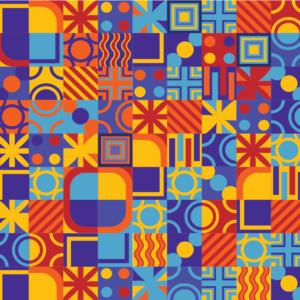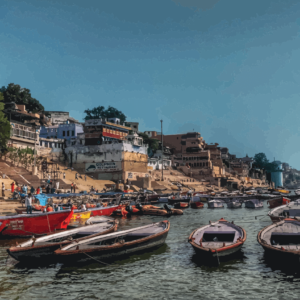Pichwai art is a traditional form of Indian painting that originated in the town of Nathdwara in Rajasthan. The term “Pichwai” literally translates to “at the back” in Hindi, reflecting the traditional use of these artworks as elaborate backdrops for the revered deity Shrinathji, a form of Lord Krishna.
These intricate paintings are typically created on large pieces of cloth, usually cotton or silk, and depict various scenes from the life of Shrinathji. Pichwai art is characterized by its vibrant and rich color palette, with artists employing natural dyes and pigments to achieve a vivid and captivating effect.
The compositions often feature Shrinathji in various poses, surrounded by lush landscapes, intricate floral patterns, and mythological elements. The level of detail in Pichwai art is awe-inspiring, with artists skillfully portraying the divine narratives through meticulous brushwork. Gold and silver leaf are sometimes used to add a touch of opulence and divine radiance to the paintings.
Pichwai art is not merely a visual representation; it also holds deep spiritual significance. The paintings are used in the worship of Shrinathji, and they play a crucial role in the religious ceremonies and festivals of the Nathdwara community. The art form has been passed down through generations, with master artisans preserving and innovating upon the traditional techniques.
In recent times, Pichwai art has gained international recognition as a unique and culturally significant form of Indian folk art. Collectors and art enthusiasts appreciate the exquisite craftsmanship, storytelling, and spiritual essence embedded in these stunning creations. Whether displayed in homes, galleries, or museums, Pichwai art continues to captivate audiences, serving as a testament to the rich cultural heritage of Rajasthan and India as a whole.






Reviews
There are no reviews yet.